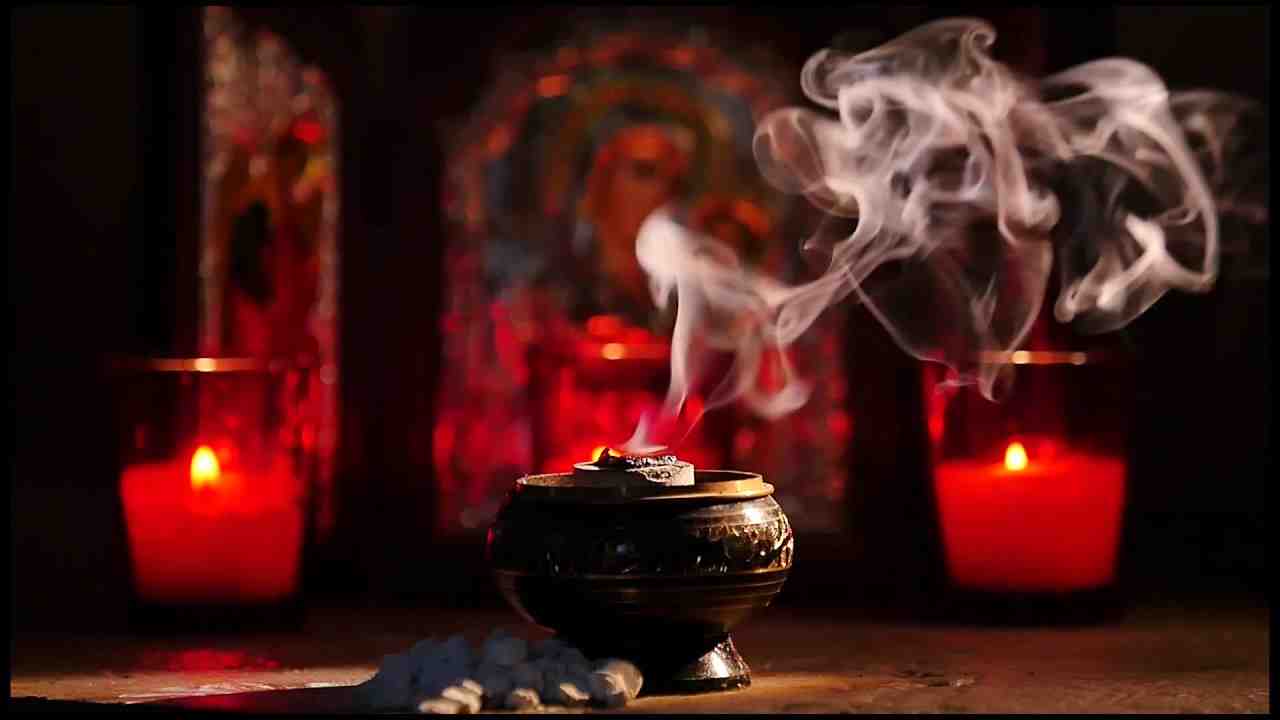Ritual Guidance for the Liturgy

1- During bowing down in prostration
During the descent of the Holy Spirit, the deacon cries out saying: “Worship God in fear and trembling.” The priest prays inaudibly calling the Holy Spirit to sanctify the congregation, and to sanctify the bread and wine and transubstantiate (transform) them to the body and blood of Christ. During these dreadful moments we ought to bow down in reverence, not leaning on the pews or sitting. We also ought to join the priest in his prayers to be sanctified by the Holy Spirit and to be purified from within to be able to carry the pure Christ within us.
Towards the end of the Liturgy, when the deacon says: “Bow your heads to the Lord”, we ought to bow down in complete reverence. These are moments of repentance where it’s appropriate to pray, for example, “Absolve, forgive, and remit, O God, our transgressions…” or any other prayer that expresses repentance and humility before God so that we may obtain forgiveness for the many lapses which we may have done unknowingly.
We should always try to fill these moments with powerful prayers and worm feelings because they are very precious moments.
2 -Prostration after communion
The church teaches us that after we take the body and blood of Christ in communion and unite with Him with our being, we should not do any prostrations for the rest of the day, because we just carried the King of kings and the God of gods within us. Also when we take communion we are in a state of extreme joy and bowing down is a sign of repentance and brokenness. Therefore, prostrations, Metanoias for instance, should be done before or during the Liturgy as in lent, and not after the Liturgy.
3- During the procession of the incense
During the prayer of raising the incense in vespers, matins, and the catechumens, the priest goes around the church saying: “The blessings of the evening – morning – Pauline –My fathers the Apostles incense, be with us. Amen.”
What should we be doing when the priest passes by us?
This is an opportunity to pray to God to forgive us our sins or pray for the sake of any problem, any sick person, or a particular issue, for this prayer will be carried by the incense to heaven with the prayers of the saints. In the early church, the priest used to place the cross on the heads of the people as he passed through the church to bless them and take their confessions, then go up on the altar and raise these prayers and confessions upon it.
Nowadays, due to the increasing number of the congregation, he only passes by them to give them the blessing and gather their prayers and confessions in the incense to raise them upon the altar of God.
Let’s seize every opportunity of the procession of the incense to offer our repentance and prayers to God with the incense, which is the prayer of the saints (Revelation 5:8).
4- While reading the Bible
When reading the Holy Bible, whether in vespers, matins, or the Liturgy, the deacon alerts us “Stand in the fear of God and listen to the holy Gospel.” So the whole congregation stands in reverence to listen to the word of God. If we happen to be late for any reason, and we enter the church during the reading of the Gospel, we must stand quietly by the door to listen to the gospel until it ends, then we may be seated in the church.
It is inappropriate to move around while the Gospel is being read so that we don’t cause any visual or audible distractions for the worshipers, and also we may benefit from every word we hear. Therefore, we should stand in our places by the door until the Gospel reading is finished, and then we should proceed in reverence into the church.
This is also applicable to the deacons who must not move to do anything while Gospel is being read; this is how the church teaches us for our benefit. Reading the Gospel is living presence of Christ in the Church… Blessed is he who hears and acts to build his life.